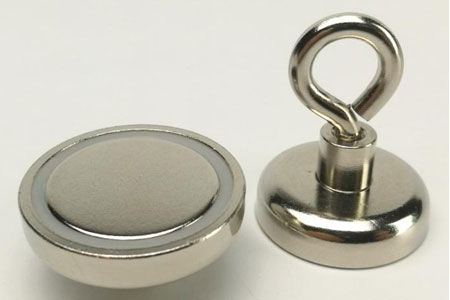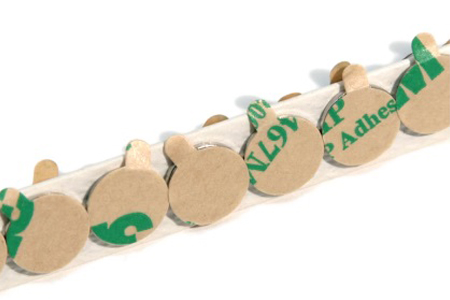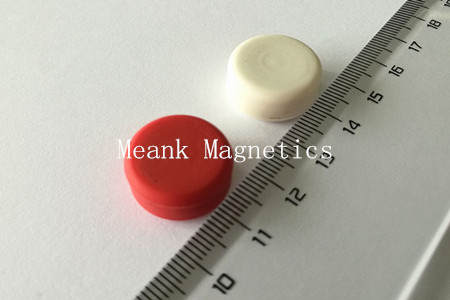The magnetism of sintered NdFeB material is mainly derived from its easily magnetized crystal structure. It can obtain extremely high magnetism under the action of a strong external magnetic field, and its magnetism will not disappear after the external magnetic field disappears, so "magnetizing" is a key step for sintering NdFeB materials to obtain magnetism. In the production and preparation process of sintered NdFeB, magnetization is the last step before the finished product is delivered, but the magnetic field orientation of the NdFeB blank, that is, the direction of the upcoming magnetization, is already determined when the magnetic powder is pressed into a blank.
Magnetic materials are divided into two types: isotropic magnets and anisotropic magnets. Isotropic magnets have the same magnetic properties in any direction and can be arbitrarily attracted together; anisotropic magnets have different magnetic properties in different directions. The direction in which the magnet can obtain the best magnetic properties is called the orientation direction of the magnet. For a square sintered NdFeB magnet, only the orientation direction has the highest magnetic field strength, and the other two directions have much lower magnetic field strength. If the magnetic material has an orientation process in the production process, it is an anisotropic magnet. Sintered NdFeB is generally molded and pressed by magnetic field orientation, so it is anisotropic. Therefore, the orientation direction needs to be determined before production, which is the future magnetization direction. Powder magnetic field orientation is one of the key technologies for manufacturing high-performance NdFeB. (The bonded NdFeB can be isotropic or anisotropic.)
Magnetization is the process of applying a magnetic field to the sintered NdFeB magnet along the orientation direction of the magnetic field, gradually increasing the strength of the magnetic field to reach the technological saturation state.
Sintered NdFeB generally has several forms such as square, cylinder, ring, tile, etc. In addition to ordinary unipolar magnetization, sintered NdFeB can also be multi-pole magnetized according to actual needs. There can be multiple N and S poles on the plane. The use of specially designed specifications and pole head magnetizing fixtures will incur additional costs for magnetizing fixtures.
The magnetizer is a tool for magnetizing magnetic materials or magnetic device magnets, through which a magnetic field is applied to the neodymium iron boron products that need to be magnetized. If the magnetized magnetic field cannot reach the technical saturation magnetic field, the remanence Br and the intrinsic coercive force Hcj of the permanent magnet cannot reach the expected value.
So how to determine the energy of the magnetizer? First, determine the size of the magnetization tooling according to the size and magnetization direction of the magnetized product, and then calculate the size of the central magnetic field of the tool. The magnetic field of the tooling should be 3-5 times the coercive force of the magnet, and then the magnetizing current is calculated. Determine the energy storage capacitor capacity of the magnetizer according to the current and the voltage of the magnetizer, and finally determine the energy of the magnetizer.




